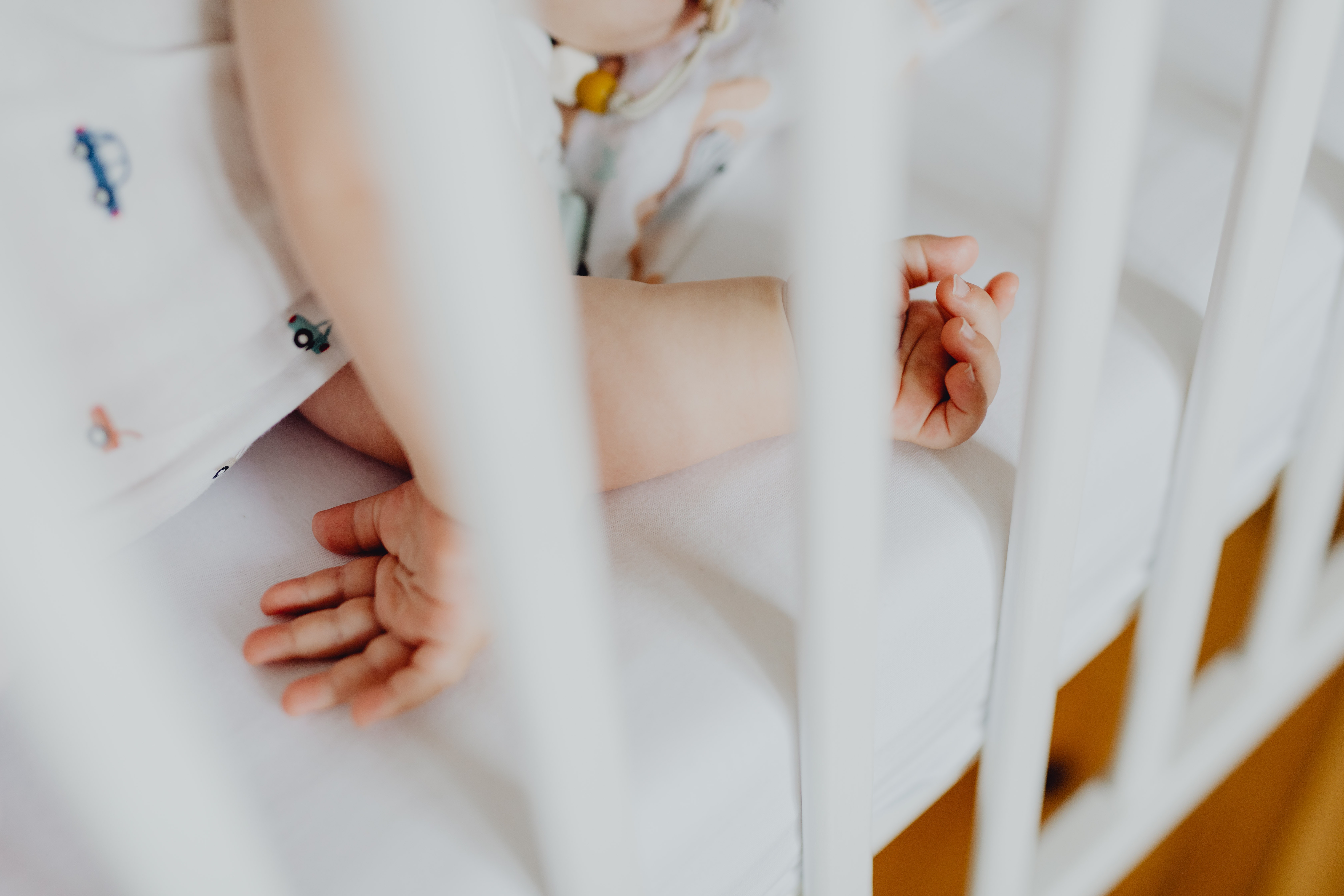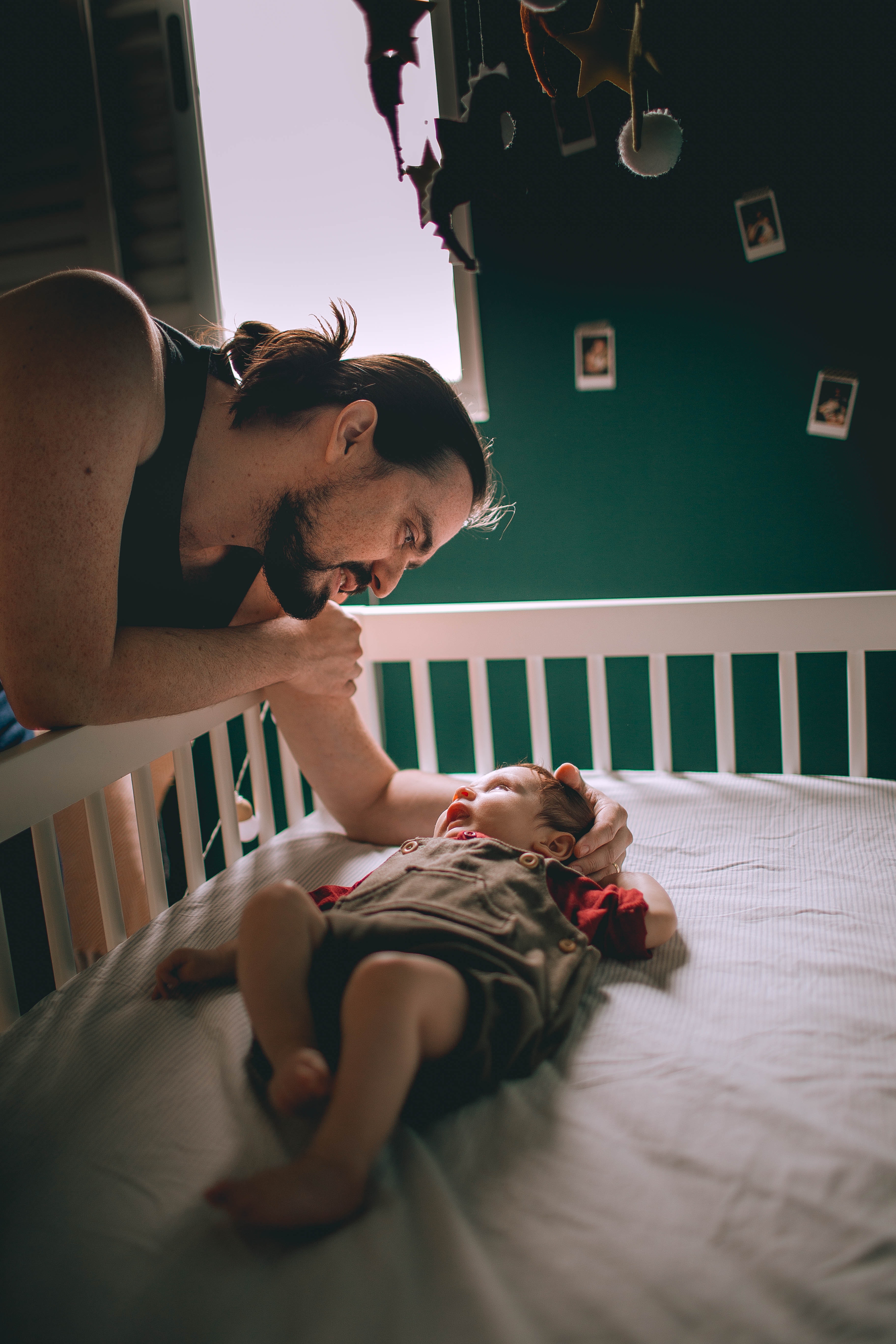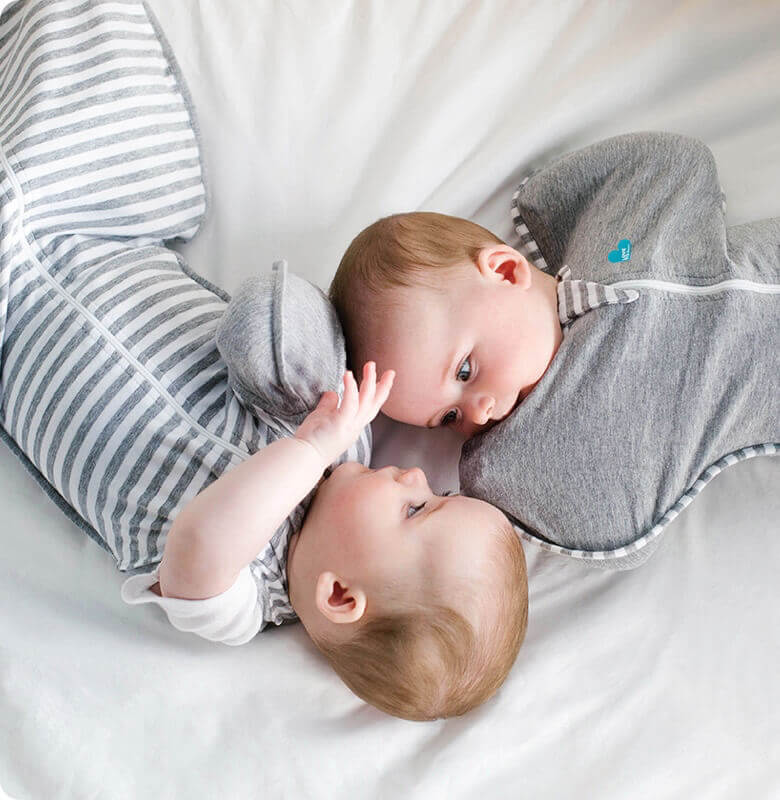Why Placing Babies on Their Backs to Sleep Matters
The joy of becoming a parent is unparalleled, but it also comes with a responsibility that can feel overwhelming at times. Among the numerous things parents need to be vigilant about, ensuring the safety of their sleeping baby tops the list. Here are the reasons why this practice is of paramount importance for your baby's overall safety and well-being.

Photograph by Alicia
Reducing the Risk of Sudden Infant Death Syndrome (SIDS)
Sudden Infant Death Syndrome, or SIDS, is a parent's worst nightmare. It's the unexplained death of a seemingly healthy baby under one year of age, typically occurring during sleep. Placing babies on their backs to sleep is one of the most effective strategies to reduce the risk of SIDS. When infants sleep on their stomachs or sides, they have a higher chance of inhaling their own exhaled breath, which can lead to carbon dioxide buildup and a decreased intake of oxygen. Sleeping on the back helps maintain a clear airway, reducing the risk of suffocation and SIDS.
Promoting Proper Development
Sleep is not only essential for rest but also for a baby's physical and cognitive development. When infants sleep on their backs, it allows for the natural development of their skulls, reducing the likelihood of flat head syndrome or positional plagiocephaly. Additionally, back sleeping helps babies develop strong neck and upper body muscles, which are crucial for later milestones like rolling over, crawling, and sitting up.
Decreasing the Risk of Obstructive Sleep Apnea
Placing babies on their backs also decreases the risk of obstructive sleep apnea. Babies who sleep on their stomachs or sides may be more prone to obstructed breathing due to the position of their airway, leading to brief periods of interrupted breathing. This condition can affect a baby's overall sleep quality and, in severe cases, lead to developmental delays.
Easy Monitoring
When babies sleep on their backs, parents and caregivers can easily monitor them during sleep. This position allows you to check on your baby's breathing and overall well-being without disturbing their slumber. It's also easier to respond quickly if your baby needs attention.

Photograph by Karolina Grabowska
Safe Sleep Environment
Placing your baby on their back to sleep is part of creating a safe sleep environment. Ensure that the crib or bassinet is free of pillows, blankets, stuffed animals, and other suffocation hazards. A firm mattress with a fitted sheet is all your baby needs for a safe and comfortable sleep.
The practice of placing babies on their backs to sleep is a small but incredibly significant step in ensuring your child's safety and healthy development. By adopting these simple habits and creating a safe sleep environment, you're giving your baby the best start in life, and that's something every parent can take comfort in. So remember, when it's time for your baby to sleep, lay them down on their back, and rest assured you're doing everything you can to keep them safe and sound.



















